Trimble Warranty: Everything You Ever Wanted to Know About TPP 5-Year
After years managing AllTerra Central's service department, I've seen just about everything that can go wrong with field equipment — and when it...
2 min read
 Dan Gerlach, AllTerra Service
Updated on July 2, 2025
Dan Gerlach, AllTerra Service
Updated on July 2, 2025

In my 15+ years managing AllTerra Central's service department, I've seen thousands of precision instruments come through our doors for repair. While each has its own story, certain patterns emerge when you've diagnosed as many equipment failures as I have. The most expensive repairs share a common thread: they were preventable with proper protection and handling.
As surveyors push the boundaries of where they work, their equipment faces increasingly demanding conditions. Modern surveying technology combines precision optics, sensitive electronics, and complex mechanical systems—all of which have vulnerabilities when exposed to field conditions.
In this analysis, I'll share the five most common equipment risks I see regularly in our service department, their consequences, and what you can do to safeguard your valuable technology investments.
Risk #1: Impact Damage from Falls and Drops
Risk #2: Water and Moisture Infiltration
Risk #3: Vehicle-Related Incidents
Risk #4: Dust and Particulate Contamination
Impact damage remains the single most common cause of catastrophic equipment failure we see in our service center.
An expensive robotic total station fell four feet when a tripod leg collapsed on uneven terrain. The repairs were costly, and the surveying company lost a week of productivity.
Tripod leg collapse on uneven terrain
Equipment sliding off tailgates
Controllers slipping during data transfer
Wind-induced tripod toppling
Vehicle-related impacts
Use tripod leg locks
Two-person setup protocols
Use cases during transport
Establish stable setup zones
Consider drop-protection accessories
Despite IP ratings and weather-resistant claims, moisture damage often occurs gradually, with corrosion developing long before performance issues appear.
A GNSS receiver showed minimal external signs of exposure, but internal corrosion led to total loss. Cause: repeated high humidity exposure and aging seals.
Degraded seals
Cracked housing
Condensation from temperature swings
Improper storage
Submersion
Service equipment annually
Repair cracks and damaged seals immediately
Dry equipment thoroughly after use
Store equipment in dry environment
Unsecured equipment in transit is vulnerable to impacts, vibration, heat, and theft.
A data collector left on a dashboard suffered battery failure and screen delamination. Data from that day was lost.
Impact during braking
Vibration calibration loss
Heat exposure
Theft
Damage from loose cargo
Securely store equipment during transit
Do not store equipment in vehicle long-term
Remove equipment from vehicle daily to prevent theft
Secure other cargo
Dust from construction, mining, and agriculture can infiltrate and damage precision systems.
A total station from a mining crew required costly repairs due to drive system contamination. Preventable with proper care.
Construction sites
Mining operations
Farms during harvest
Coastal areas
Deserts
Regular cleaning
Protective covers
Sealed storage
Scheduled maintenance
Field awareness
Power irregularities from field charging setups can fry internal components.
A surge from a generator damaged a brand new GNSS receiver's charging circuit and processor. Downtime: 2 weeks.
Generator spikes
Incorrect chargers
Battery failure chains
Static discharge
Reverse polarity
Manufacturer-approved chargers
Surge protectors
Monitor generator output
Proper grounding
Battery maintenance
Routine inspection and service for prevention
Proper storage in the field, in transit and at office
Trimble Protection Plans for peace of mind and cost savings
Equipment failure isn’t "if" but "when." Here are some help links and resources I recommend to every customer to protect your investment. The TPP 5-Year Warranty turns unpredictable repair costs into predictable business expenses—and that's why I recommend it to every customer.
Connect with Service Today
Learn More About TPP Coverage
Questions? Reach out to me directly here.

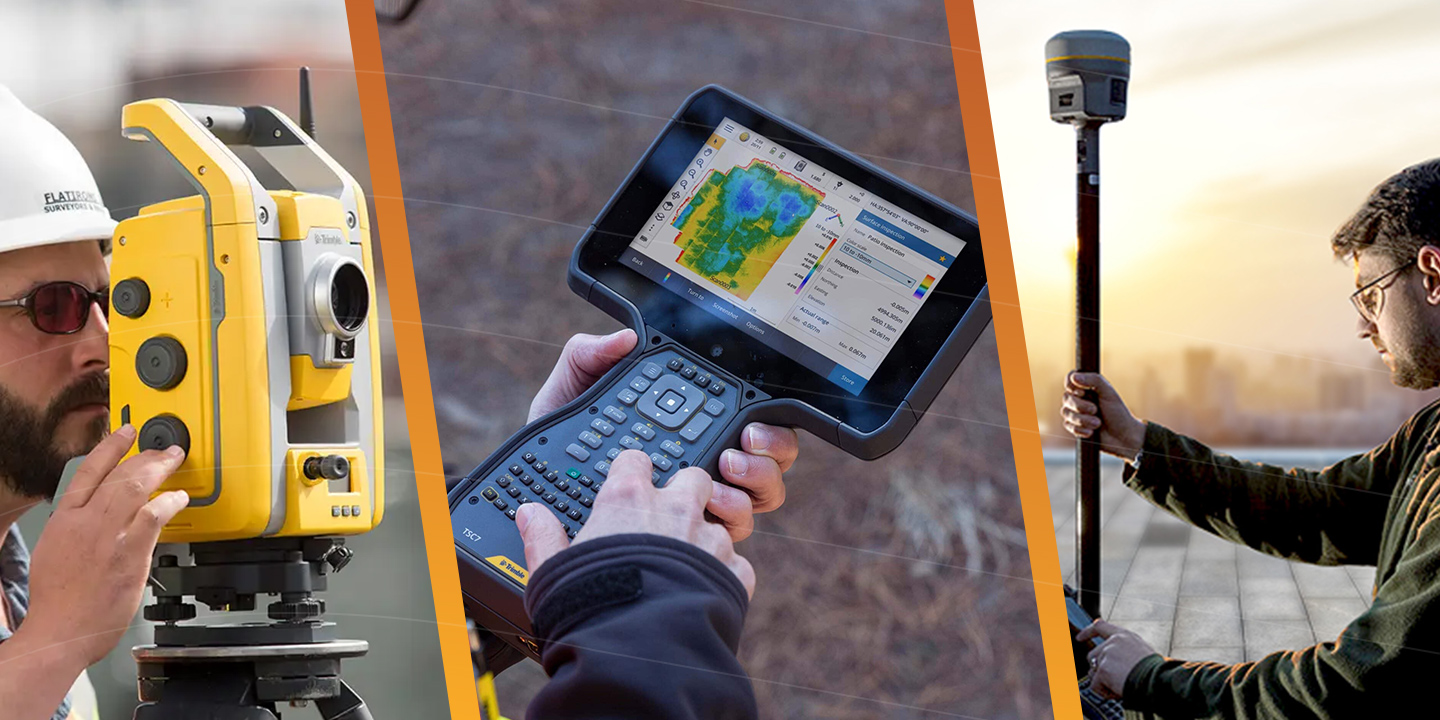
After years managing AllTerra Central's service department, I've seen just about everything that can go wrong with field equipment — and when it...
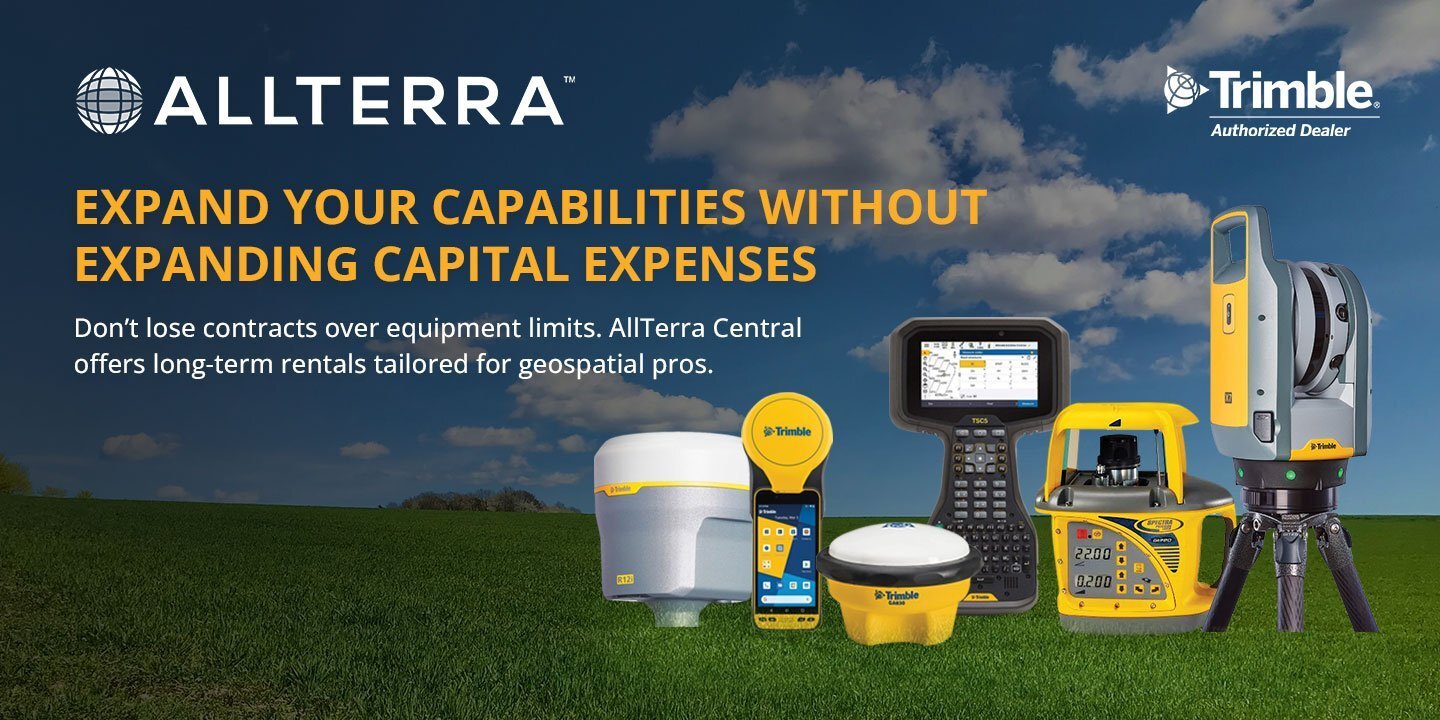
See the Power of Digital Mapping - Right Where You Work
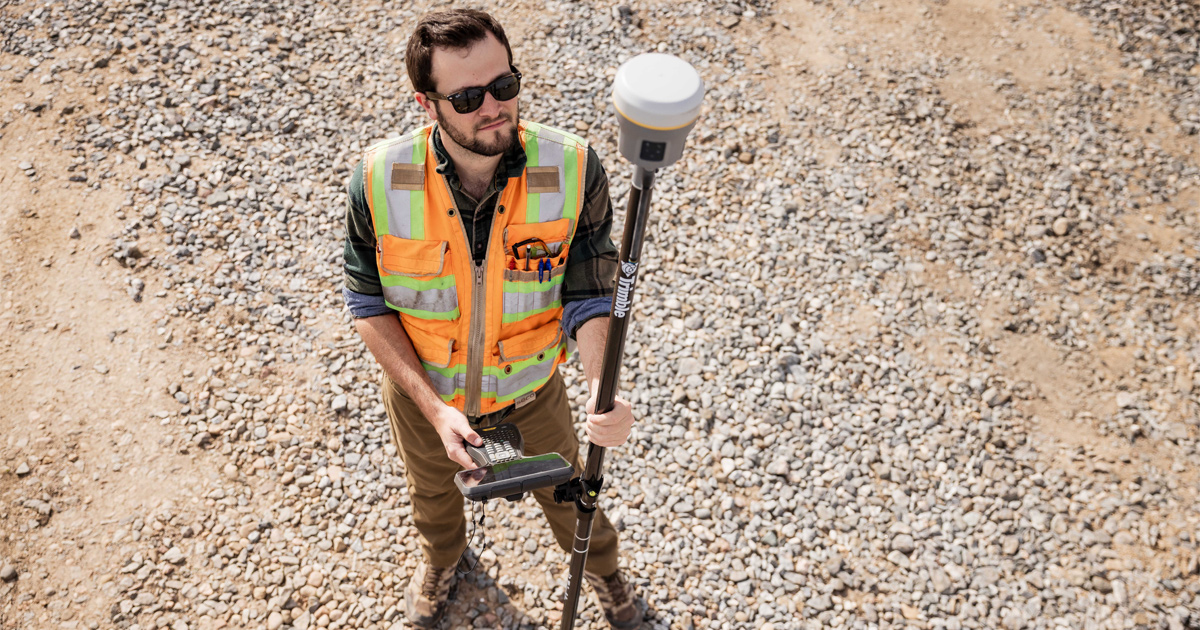
Discover how the Trimble R980 with IBSS technology is breaking through traditional radio limitations, allowing surveyors to tackle projects of any...

Which Mapping and GIS (MGIS) Platform is right for you?
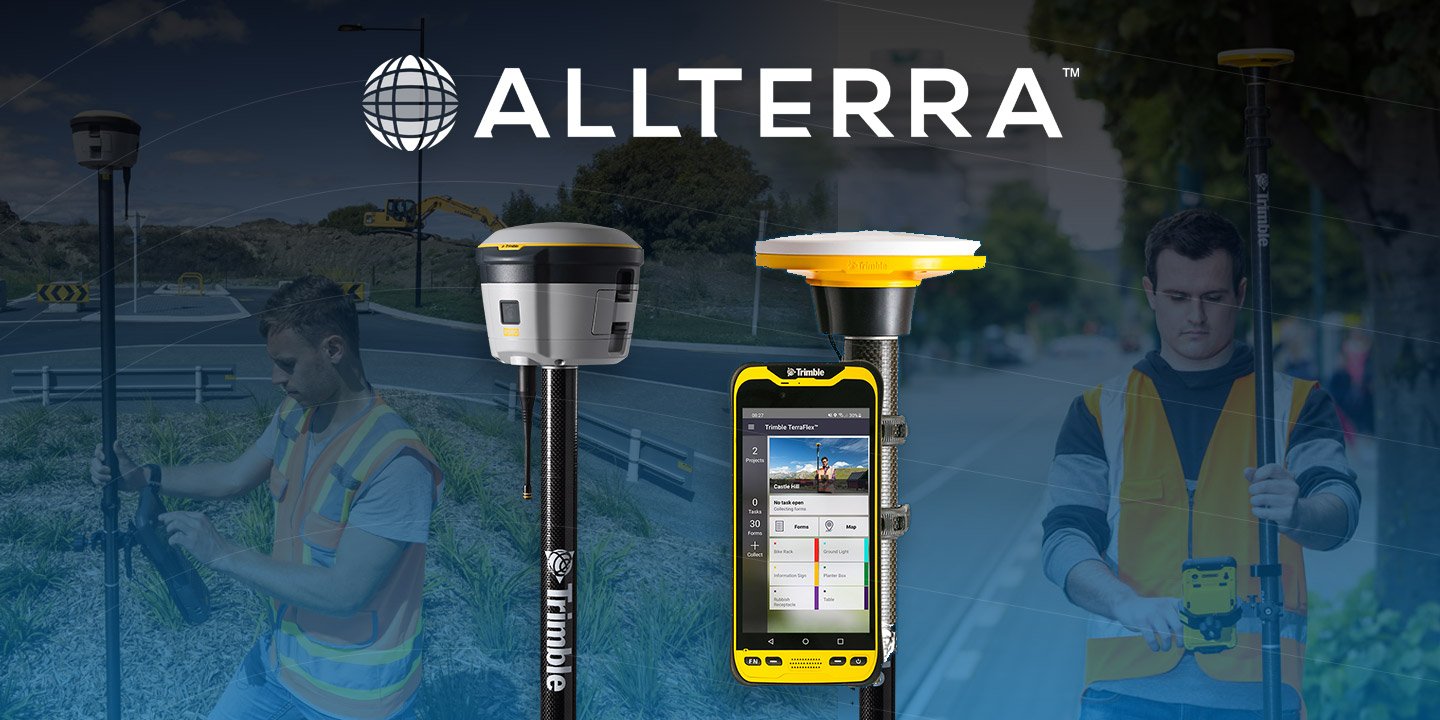
Tired of sacrificing accuracy for usability in GIS mapping? AllTerra Central and Trimble deliver professional-grade precision without the complexity...
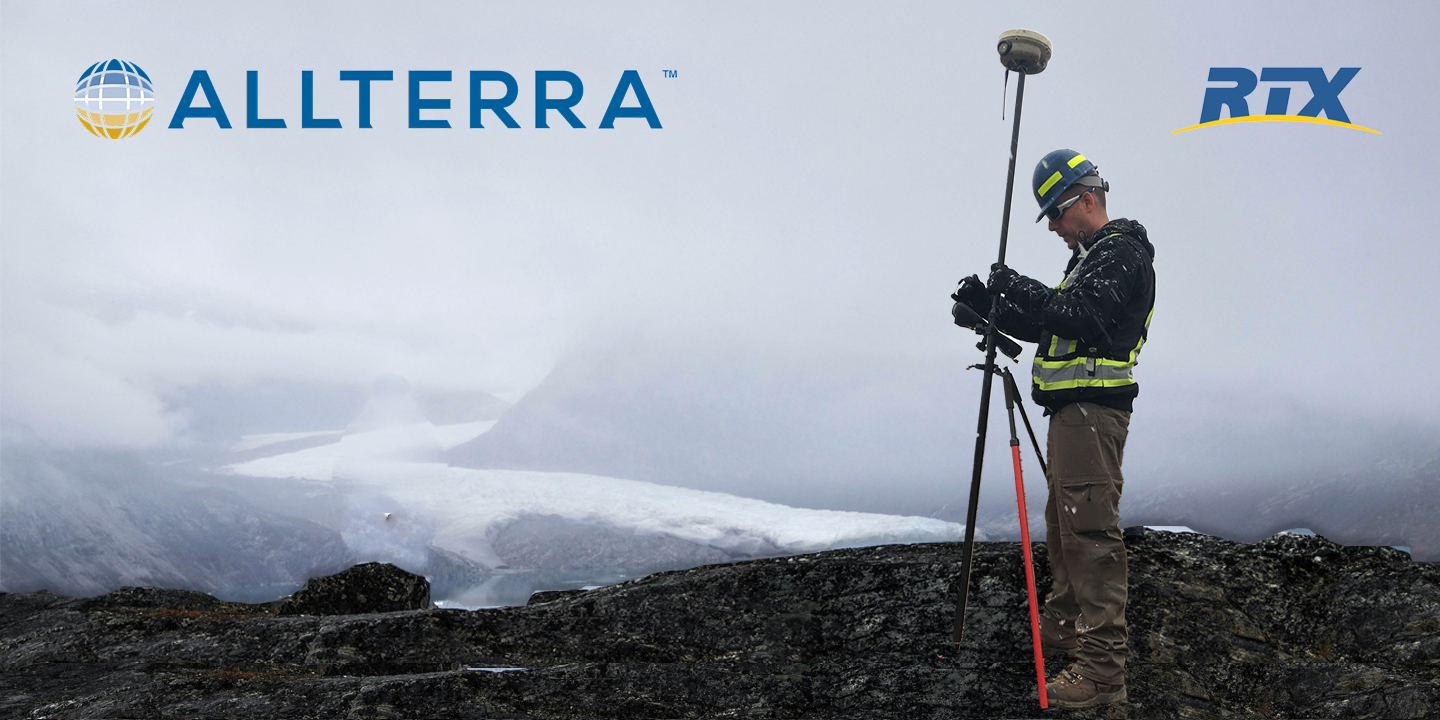
Every surveyor knows that sinking feeling—you're deep into a critical survey when your RTK connection drops. In these moments, RTX isn't just...

Downtime isn’t an option. That’s where AllTerra Central’s service department comes in. With thousands of repairs handled each year and decades of...
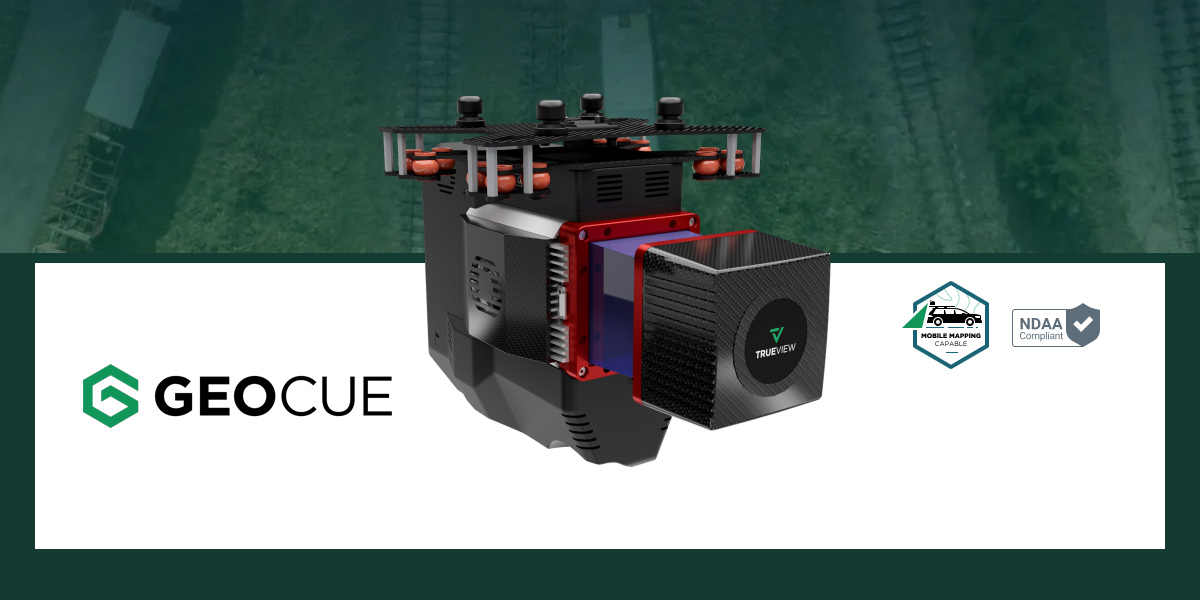
Surveying in rugged terrain is never easy. Whether it’s steep banks, dense vegetation, active mines, or remote corridors, traditional surveying...